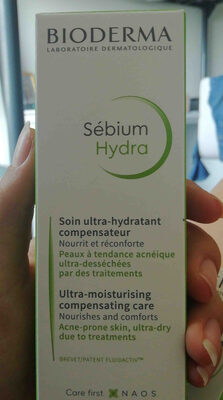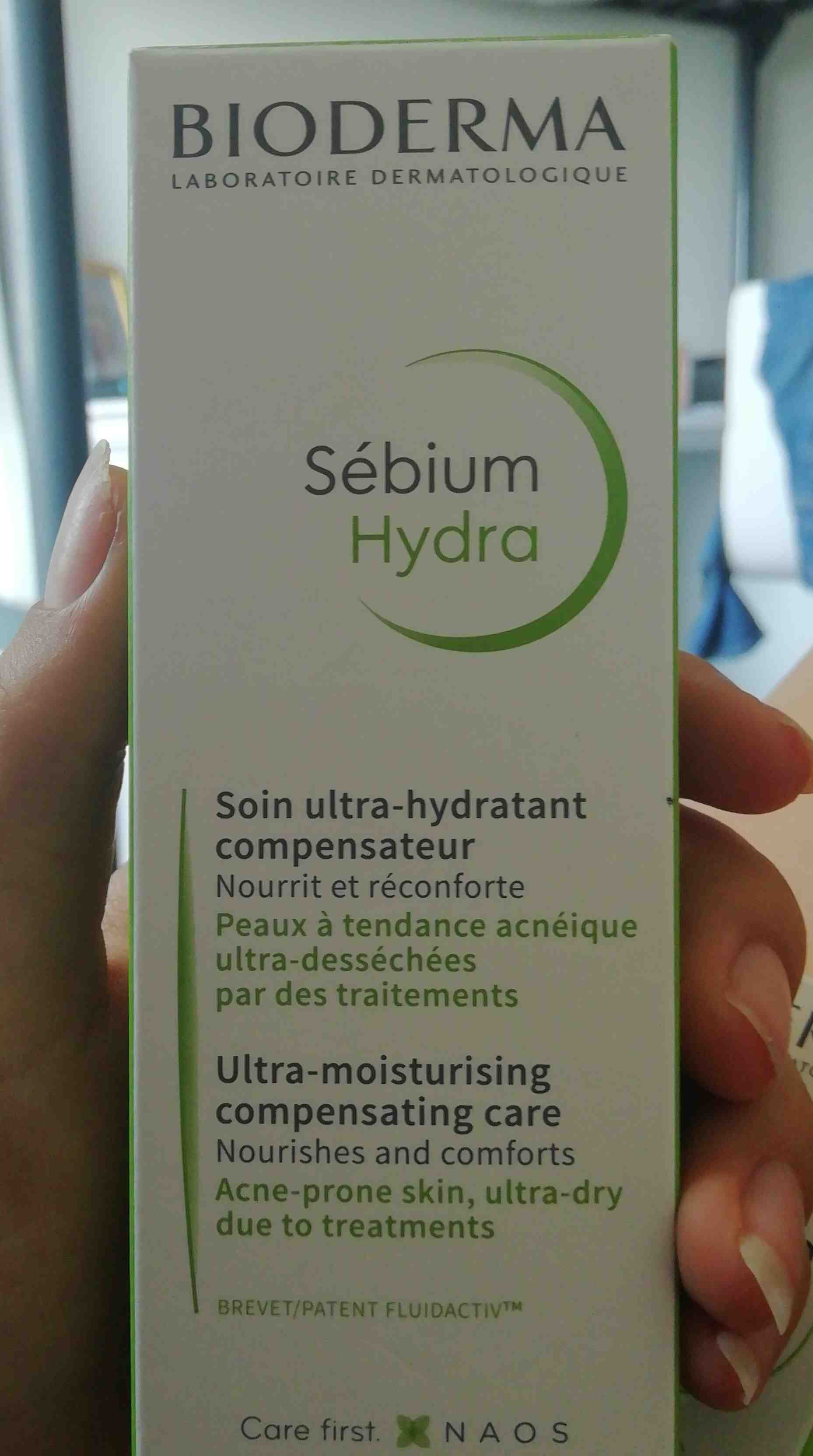Bioderma sebium
La page de ce produit n'est pas complète. Vous pouvez aider à la compléter en l'éditant et en ajoutant plus de données à partir des photos que nous avons, ou en prenant plus de photos à l'aide de l'application pour Android ou iPhone / iPad. Merci!
×
Code-barres: 3401348840421 (EAN / EAN-13)
Conditionnement : Plastique
Marques : Bioderma
Labels, certifications, récompenses :
Point Vert, Fabriqué en France
Pays de vente : France
Correspondance avec vos préférences
Santé
Ingrédients
Transformation des aliments
Additifs
Analyse des ingrédients
L'analyse est basée uniquement sur les ingrédients listés et ne prend pas en compte les méthodes de fabrication.
Nutrition
Environnement
Emballage
Transport
Signaler un problème
Sources de données
Produit ajouté le par veganeamos
Dernière modification de la page produit le par thaialagata.
Fiche produit également modifiée par openfoodfacts-contributors, plasticapp, roboto-app, spotter.
Si les informations sont incomplètes ou incorrectes, vous pouvez les complèter ou les corriger en modifiant cette fiche.






